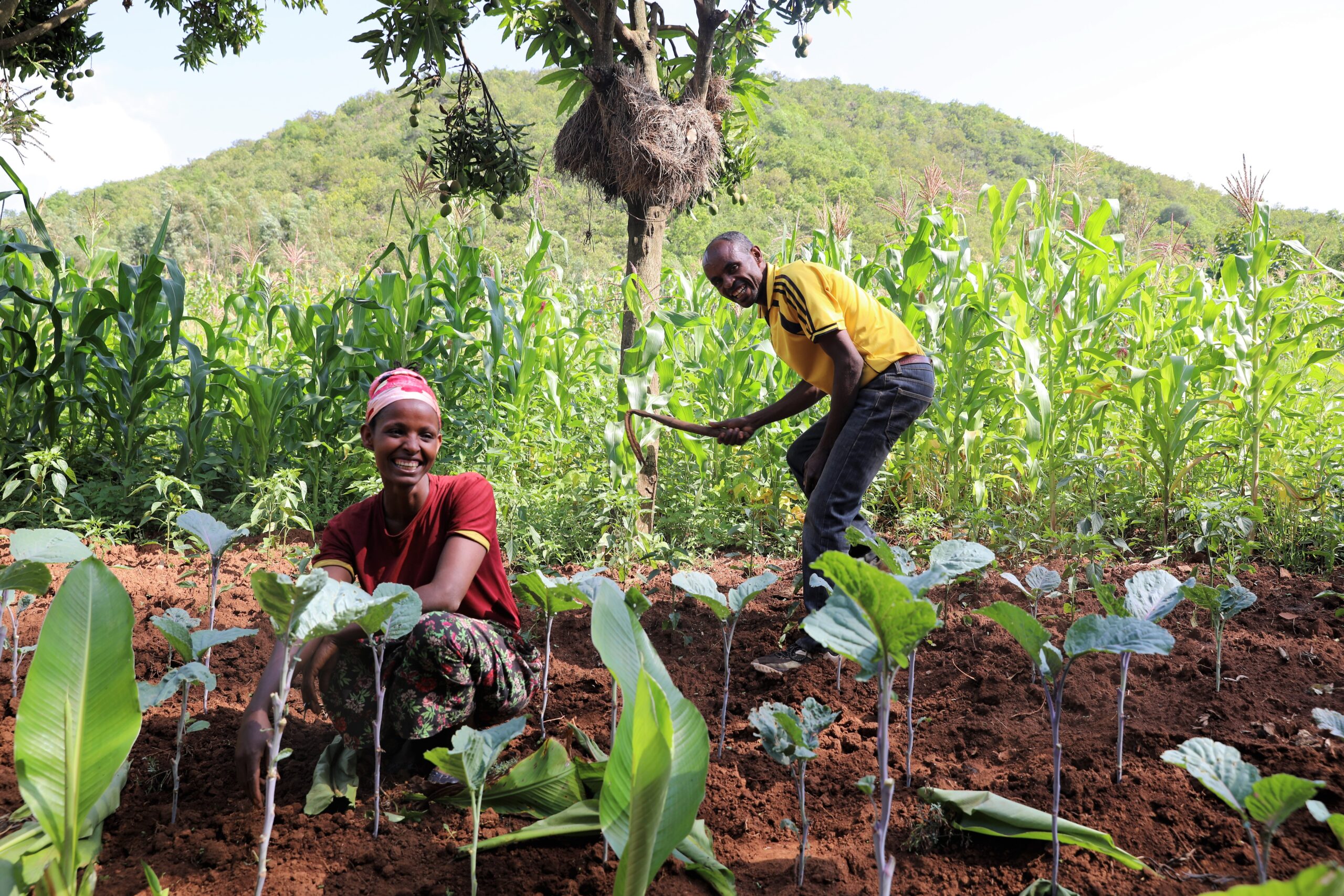About FMNR
FARMER
MANAGED
NATURAL REGENERATION
Farmer Managed Natural Regeneration (FMNR) is a low-cost, sustainable land restoration technique. It involves regenerating and managing trees and shrubs from stumps, roots, and seeds to combat poverty, increase food production, and enhance resilience to climate extremes.
Farmers can implement FMNR without external inputs or expensive equipment, making it a scalable approach for restoring degraded land. A significant proportion of Earth’s degraded agricultural land was cleared used methods that leave roots in the ground, making FMNR an ideal way to start regreening.
The five steps of FMNR

FIND

PRUNE

PROTECT

GROW

UTILISE
Rally the community to create a realistic wish list of tree species. Think about what everyone needs – firewood, shade, fruit – and what’s locally available. Survey the land to find how many species of trees are present. Identify indigenous shrubs with extensive root systems.
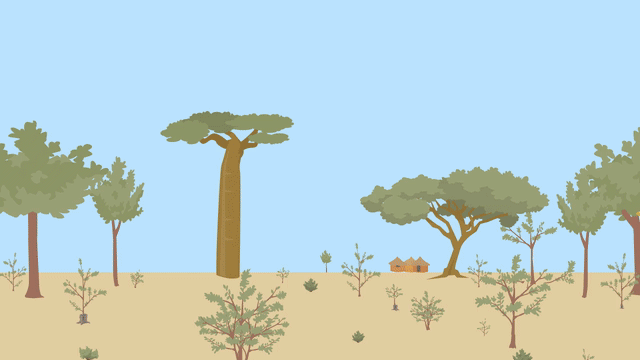
Pruning is a key principle of FMNR and is essential for its success. Click on the play button to find out more…
Once you’ve selected, pruned, and maintained your trees, it’s crucial to protect them from damage by fire, livestock, and competing vegetation or weeds. In urban settings this could include protecting from traffic or other hazards. Ideally, exclude livestock from areas where FMNR is being implemented for six months to a year. This gives the trees a chance to grow tall and strong enough to withstand grazing pressure.
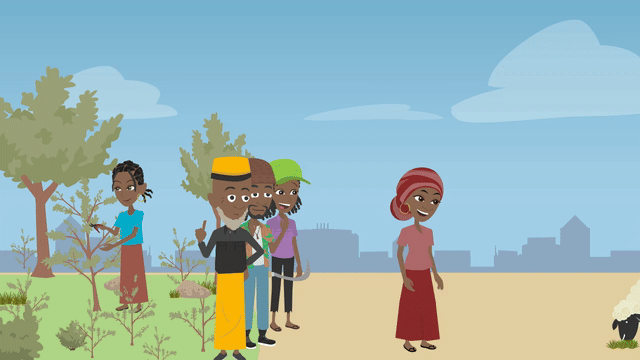
New branches and shoots will keep growing, so it’s important to prune them every two to six months. This helps the main stems grow stronger and faster. Consistent care is key.
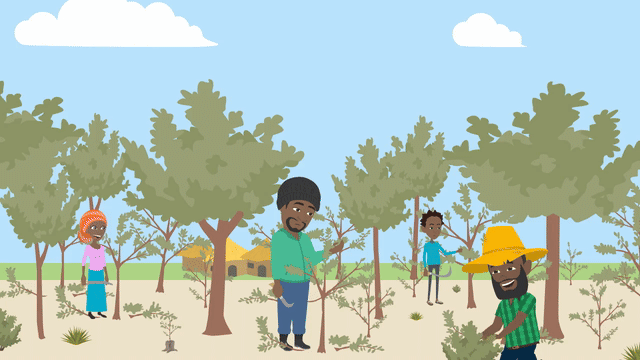
Continue to monitor and prune your tree as it grows. FMNR trees can serve many purposes based on what the community needs. Community members have the freedom to tailor FMNR to their specific needs, using available resources, and adapting to local climate, soil, and crop conditions.
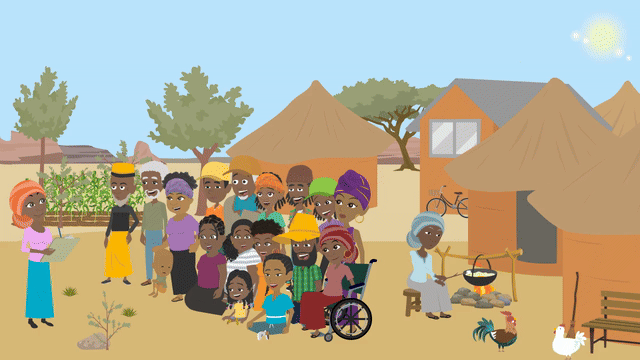
Instructional video
FMNR involves five steps. In the following video, the late FMNR Champion Norbert Akolbila from Ghana shows us one way of doing FMNR. Click on the play button to start the video.
Impact seen from space

BEFORE FMNR
Farmers believed that a good farmer was a “clean” farmer who would cut down all farm trees and sweep up and burn any crop residue and organic matter on the farm. As trees belonged to the government, there was no incentive for farmers to protect them from thieves. Theft of trees was common, and many farmers chose to cut down the trees on their land themselves, so that they would at least benefit from the wood.

AFTER FMNR
Today, farmers are leaving an average of 40 trees per hectare and some are leaving as many as 150 trees per hectare – on their farmland. They benefit from increased income from the trees, improved crop yields and increased supply of fodder for livestock. Wind speeds have reduced and in some regions, water tables have risen.
RESOURCES
FMNR fundamentals
Research
Case studies & stories
Country specific
Get involved
